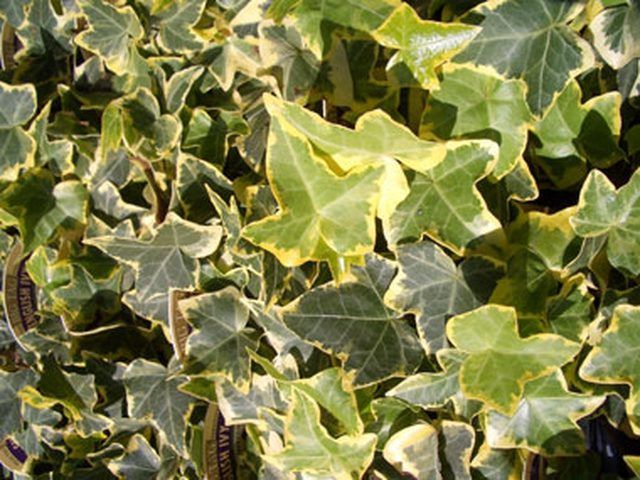Bulbs
Flower Basics
Flower Beds & Specialty Gardens
Flower Garden
Garden Furniture
Garden Gnomes
Garden Seeds
Garden Sheds
Garden Statues
Garden Tools & Supplies
Gardening Basics
Green & Organic
Groundcovers & Vines
Growing Annuals
Growing Basil
Growing Beans
Growing Berries
Growing Blueberries
Growing Cactus
Growing Corn
Growing Cotton
Growing Edibles
Growing Flowers
Growing Garlic
Growing Grapes
Growing Grass
Growing Herbs
Growing Jasmine
Growing Mint
Growing Mushrooms
Orchids
Growing Peanuts
Growing Perennials
Growing Plants
Growing Rosemary
Growing Roses
Growing Strawberries
Growing Sunflowers
Growing Thyme
Growing Tomatoes
Growing Tulips
Growing Vegetables
Herb Basics
Herb Garden
Indoor Growing
Landscaping Basics
Landscaping Patios
Landscaping Plants
Landscaping Shrubs
Landscaping Trees
Landscaping Walks & Pathways
Lawn Basics
Lawn Maintenance
Lawn Mowers
Lawn Ornaments
Lawn Planting
Lawn Tools
Outdoor Growing
Overall Landscape Planning
Pests, Weeds & Problems
Plant Basics
Rock Garden
Rose Garden
Shrubs
Soil
Specialty Gardens
Trees
Vegetable Garden
Yard Maintenance
How to Grow Variegated Ivy
How to Grow Variegated Ivy. Ivy grows quickly and can climb as high as 100 feet from the ground. Ivies can be found on all the major continents of the planet and are used primarily as decorative plants to cover bare tree trunks and unsightly walls. Variegated ivies are considered the more aesthetically pleasing--their leaves are usually several...

Ivy grows quickly and can climb as high as 100 feet from the ground. Ivies can be found on all the major continents of the planet and are used primarily as decorative plants to cover bare tree trunks and unsightly walls. Variegated ivies are considered the more aesthetically pleasing--their leaves are usually several hues. This is actually due to a lack of chlorophyll in the leaves and can make growing them a little more difficult than non-variegated ivies. For that reason here is an instructional guide on how to grow variegated ivy.
Things You'll Need
Loam
Sphagnum Peat Moss
Sand
Ceramic Pots with Drains
Paper Towels
Water
15-15-15 NPK Fertilizer
Garden Shears
Ivy Cuttings
Growing Variegated Ivy
Begin by obtaining a young ivy plant cutting from a friend or nursery. Ivies donít grow well from seeds, and seeds are not typically sold in stores. Be sure to get a new length of ivy creeper at least four inches long with many large leaves. Make the cut with a clean set of garden shears and place the cut stalk in water immediately afterward.
Pour equal measures of loam, sphagnum peat moss, and clean sand into a new ceramic pot and mix them thoroughly. The pot should be about five inches wide at the base to allow the ivyís extensive root system to grow in the first few months.
Douse the mixture thoroughly with water, making sure the soil drains well and water flows out of the vents at the bottom of the pot.
Push the cut ivy stalk about an inch deep into the pot.
Place the pot on a windowsill facing east with a paper towel underneath to absorb the water that will drain pot after waterings. An average ivy should receive about four hours of direct sunlight each day, but a variegated ivy will need more, so leave it permanently on the windowsill.
Leave the plant alone for five days or until the soil is thoroughly dry. The beginnings of a new root system should have sprouted by now. Water the plant daily, just enough to keep all the soil moist, not soaked.
Re-pot the ivy every three months thereafter. Make sure to use new soil and a pot at least four inches larger each time. You will also need to add 15-15-15 NPK fertilizer after each repotting. This means you need a fertilizer that is 15% Nitrogen, 15% Phosphorous, and 15% Potassium. Beyond this the ivy should have no other needs.
Tips & Warnings
The pot and soil should allow for good water drainage, otherwise the roots could begin to rot and the ivy could die.
Ivy can be a bit of a problem in temperate and subtropical climates where they tend to overgrow and kill off other plants, preventing their access to sunlight.